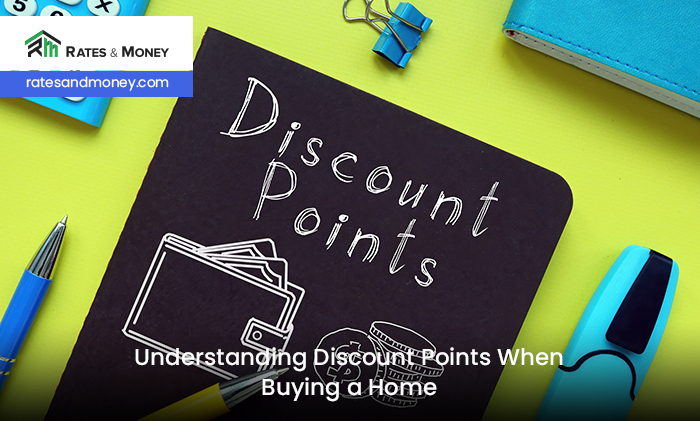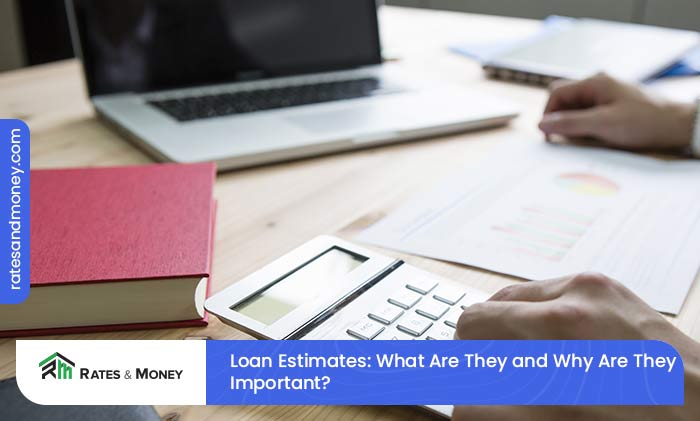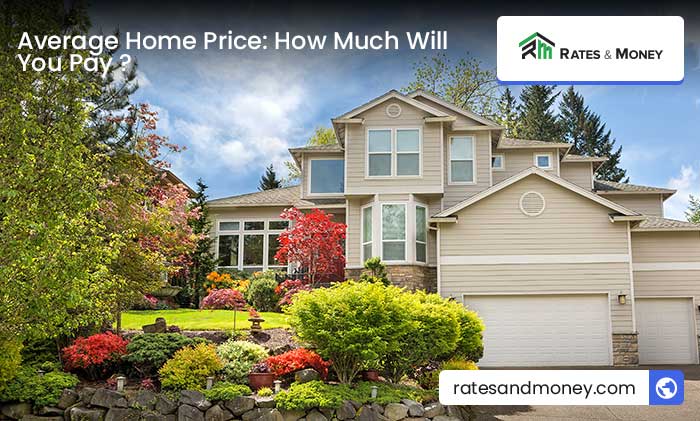Understanding Discount Points

Table of Contents
You’re working on finalizing your new home purchase, and hammering out the final details on your home loan. Your Loan Officer brings up “discount points.” What are they, and how can they benefit you?
Buying a home can be a major investment. Getting the best interest rate possible is key to getting the best overall rate on your mortgage. Many lenders offer discount points to help you lower costs over the life of the loan. But what are these points, and are they really worth it?
Find out when to buy discount points and when to skip them, as well as the difference between mortgage discount points and “origination” points.
Understanding Discount Points
At their simplest, mortgage discount points are a flat fee that is paid to your mortgage lender at closing, to reduce the interest rate on your loan. This is also often called “buying down the rate.” The idea is that you pay a flat sum up front to lower the interest rate, which can save you big over the life of your loan.
Every point you buy is worth about one fourth of an interest rate point (.25%). Every point costs around 1% of the total mortgage amount. This can vary a little from lender to lender. Some lnder have a sliding scale for costs of points, and others may use a different valuation for each point based on current mortgage rates.
However, the 1% cost for a ¼ point interest rate reduction is a good rule of thumb. Just make sure you verify what the actual cost and point value is with your lender. Here’s an example of how buying discount points can work:
- You have a $300,000, 30 year fixed rate mortgage home loan.
- You have an interest rate on your mortgage of 3.5%
- You buy two discount points at $3,000 each
- You pay the $6,000 to your lender at closing
- Each point is valued at .25% off your interest rate, for a full half point drop
- Your interest rate is now only 3% for the life of your loan
The option to buy mortgage discount points will be brought up well before your closing date, and if you opt to buy any, these will be listed on your closing disclosure and included in the costs you’ll be expected to come up with on your closing date.
Benefits of Buying Discount Points
Buying discount points can help you save a lot in interest over the term of your loan.
Example of how mortgage points reduce interest (you can get even more accurate results by using a mortgage calculator):
- Your loan principal is $300,000, and your interest rate is 3.5%
- You buy two points for a total cost of $6,000
- Now your interest rate is only 3%, a half point reduction
- You’ll pay only $1,347 instead of $1,265, reducing your monthly payment by $82
- Over the life of your loan you’ll only pay $185,000 in interest instead of $155,000
- At the end of your loan period you’ll have saved $30,000
Since mortgage discount points are considered prepaid interest, they are also tax-deductible on up to $750,000 of mortgage debt. You’ll claim this year over year on itemized taxes, as a deduction on Schedule A of your Form 1040. Add that to the savings you’ll get over the life of your loan, and it’s a fantastic return on your $6,000 payment.
Should You Buy Mortgage Discount Points to Lower Your Rate?
Buying mortgage discount points to lower your rate is probably one of the best uses for your money long term. A lower rate can mean massive savings on a 20 or 30 year fixed rate loan, and can even return more than making a bigger down payment to reduce the principal amount of the loan.
If you get a chance to buy mortgage discount points, definitely look into this option. You can garner a lower rate as mortgage rates continue to climb higher, and use your negotiating power to drop other costs associated with the loan, like origination fees and closing costs.
When Not to Buy Discount Points
If you don’t plan to stay in your home for more than a few years, buying discount points doesn’t make sense. In the above scenario, to break even (reach the date when the savings in interest equals the amount you paid for the points), you’d need to stay in the house at least 73 months.
If you sell or try for a refinance in less than 73 months (more than six years) you lose your benefit of buying the discount points in the first place. If you don’t think you’ll be staying in the house long enough to hit the break even date, then skip discount points and just pay the slightly higher rate for the few years you stay in the home.
What Are Mortgage “Origination” Points?
Don’t confuse mortgage “origination” points with discount points. Origination points are charged by the lender as a way to make more profit off of each mortgage. It’s easy to get these confused, because lenders will call them “mortgage points” and they are also calculated as 1% of the loan amount.
However, you don’t get any benefit from mortgage origination points, as they don’t reduce your interest and they aren’t tax deductible. If your lender tries to charge these points, they will be listed on the Loan Estimate and you can attempt to negotiate them away.
Paying for Discount Points
If you have enough cash to make a bigger down payment, consider buying discount points instead. You could save more over the life of your loan by choosing this option.
In the example above, increasing your down payment by $6,000 would leave you with a loan balance of only $294,000, but at the 3.5% interest rate you’d still end up paying $162,500 in interest over the life of the loan.
By buying discount points with the $6,000 instead, you drop the interest to $155,000, so you’re still saving an extra $7,500 over the term of the loan!
Alternatively, you may end up with seller’s credits after already putting aside plenty of cash for closing. In some cases, you can use seller’s credit to buy discount points, sweetening your mortgage interest rate and making good use of all funds at your disposal.
Talk With a Seasoned Loan Professional
Every mortgage and homebuyer is different. One size doesn’t fit all when it comes to home loans. The example above is for a fixed rate 30-year term mortgage with the loan amount assumed to be after the downpayment and monthly payments not including property taxes of homeowners insurance.
To make sure you’re getting the best loan for your specific situation, talk to a Loan Officer (LO) at a reputable mortgage company and discuss your future plans in detail before deciding whether or not to buy discount points. The goal is to get a monthly payment you can manage readily, a loan term and interest rate that is favorable, and a mortgage that fits both your present and future homeownership needs.
By working with the right home loan professionals and comparing rates and mortgage quotes, you can get the best loan for you, protecting your future and helping to ensure that you don’t end up with a bigger loan than you can afford, or paying unnecessary lender fees. Once you’ve fully weighed all the options with help from a professional, you can move forward with confidence in your home purchase plans.
Subscribe to our newsletter
Receive the latest news, tips, and free tools from Rates & Money.





